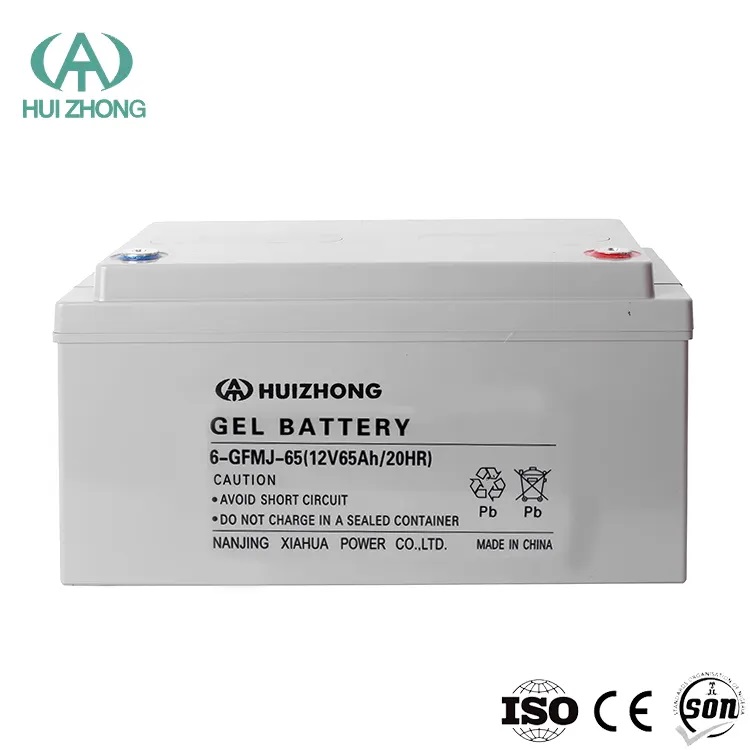Gel batteries, also known as gel cell batteries, are a type of valve-regulated lead-acid (VRLA) battery. They operate on the same basic principles as traditional lead-acid batteries but with a gel electrolyte instead of a liquid electrolyte.
- Construction: A gel battery consists of lead plates immersed in a gel electrolyte. The gel electrolyte is a thick paste made by mixing sulfuric acid with silica fume, which forms a gel-like substance. This gel is immobilized within the battery’s cells, preventing it from flowing freely like the liquid electrolyte in traditional lead-acid batteries.
- Chemical Reactions: Like all lead-acid batteries, gel batteries rely on chemical reactions to store and release electrical energy. During charging, electrical energy from an external source is used to convert lead sulfate on the battery plates back into lead dioxide and sponge lead. This process also releases sulfate ions into the electrolyte.
- Gel Electrolyte: The gel electrolyte serves as the medium for ion transfer between the battery plates during charging and discharging. It contains sulfuric acid, which dissociates into hydrogen ions (H⁺) and sulfate ions (SO₄²⁻). The sulfate ions migrate between the positive and negative plates, facilitating the chemical reactions that occur during charging and discharging.
- No Free Electrolyte: Unlike flooded lead-acid batteries, where the liquid electrolyte can flow freely within the battery case, the gel electrolyte in gel batteries is immobilized. This immobilization prevents the risk of acid spills or leaks, even if the battery case is cracked or damaged. It also allows gel batteries to be installed in any orientation without the risk of electrolyte leakage.
- Electrochemical Reactions: During discharge, the chemical reactions that occurred during charging are reversed. The lead dioxide on the positive plate reacts with the sulfuric acid in the electrolyte to form lead sulfate, while the sponge lead on the negative plate reacts with the sulfate ions to form lead sulfate as well. These reactions release electrical energy that can be used to power electrical devices connected to the battery.
- Longer Cycle Life: The gel electrolyte and sealed construction of gel batteries contribute to their longer cycle life compared to flooded lead-acid batteries. Gel batteries can withstand deeper discharges and operate in a wider range of temperatures without significant degradation, making them suitable for demanding applications such as renewable energy systems, telecommunications, and backup power.
Overall, gel batteries provide a reliable and maintenance-free energy storage solution for various applications, offering benefits such as deep discharge tolerance, vibration resistance, and improved safety compared to traditional flooded lead-acid batteries.


